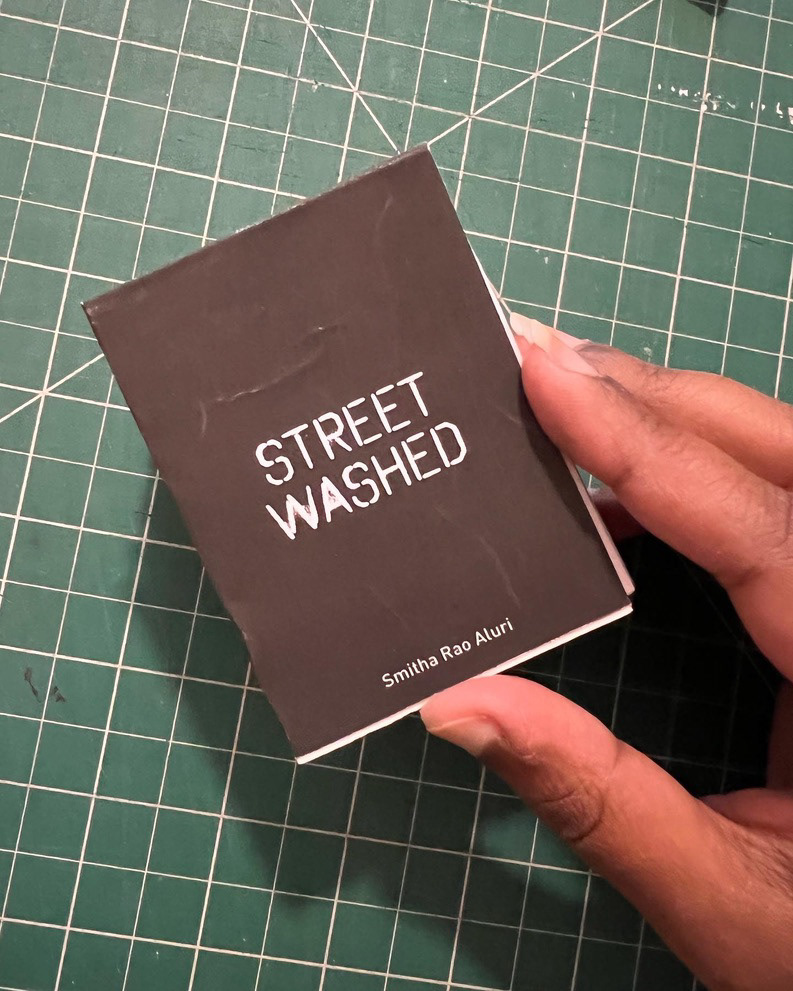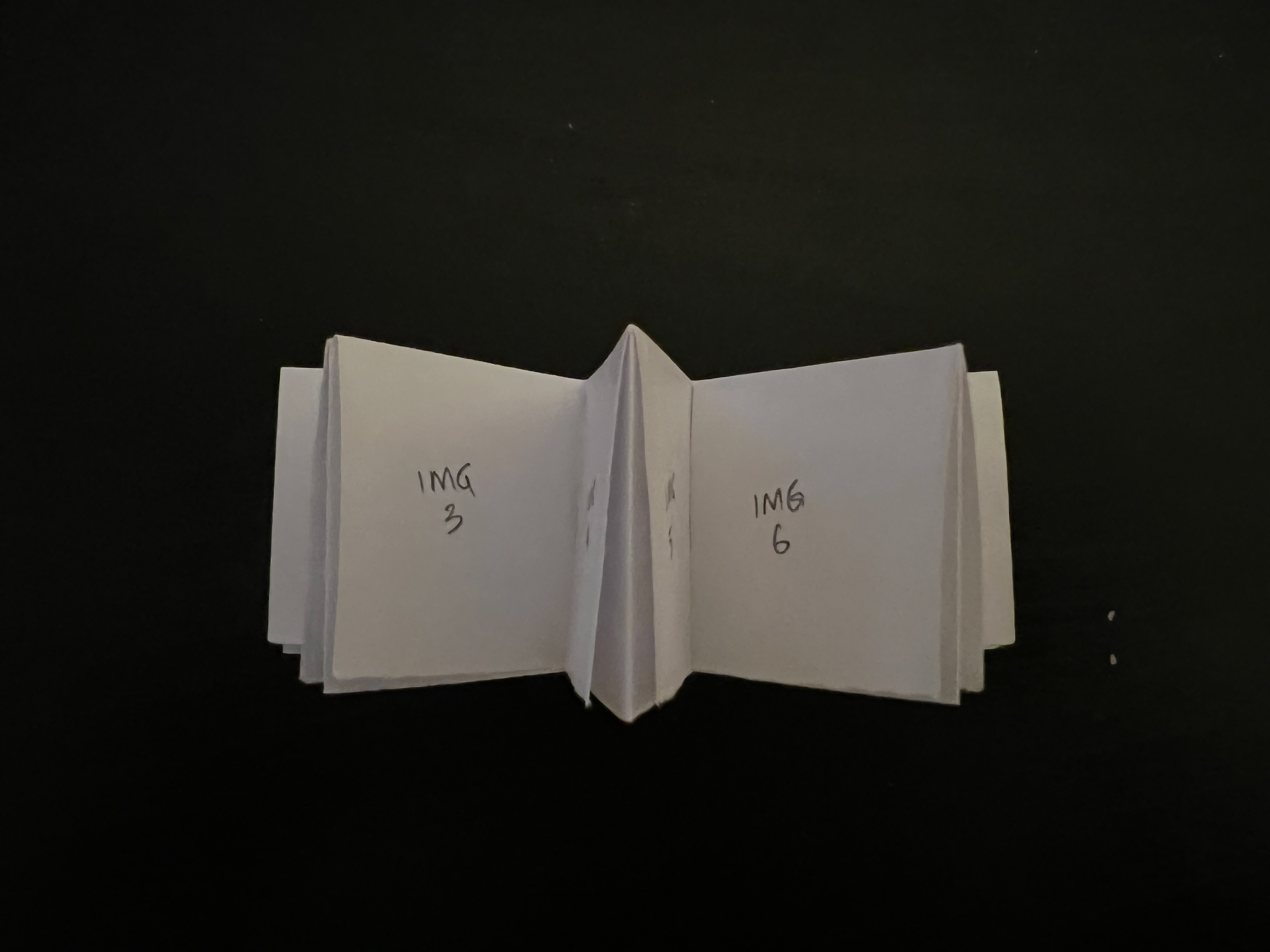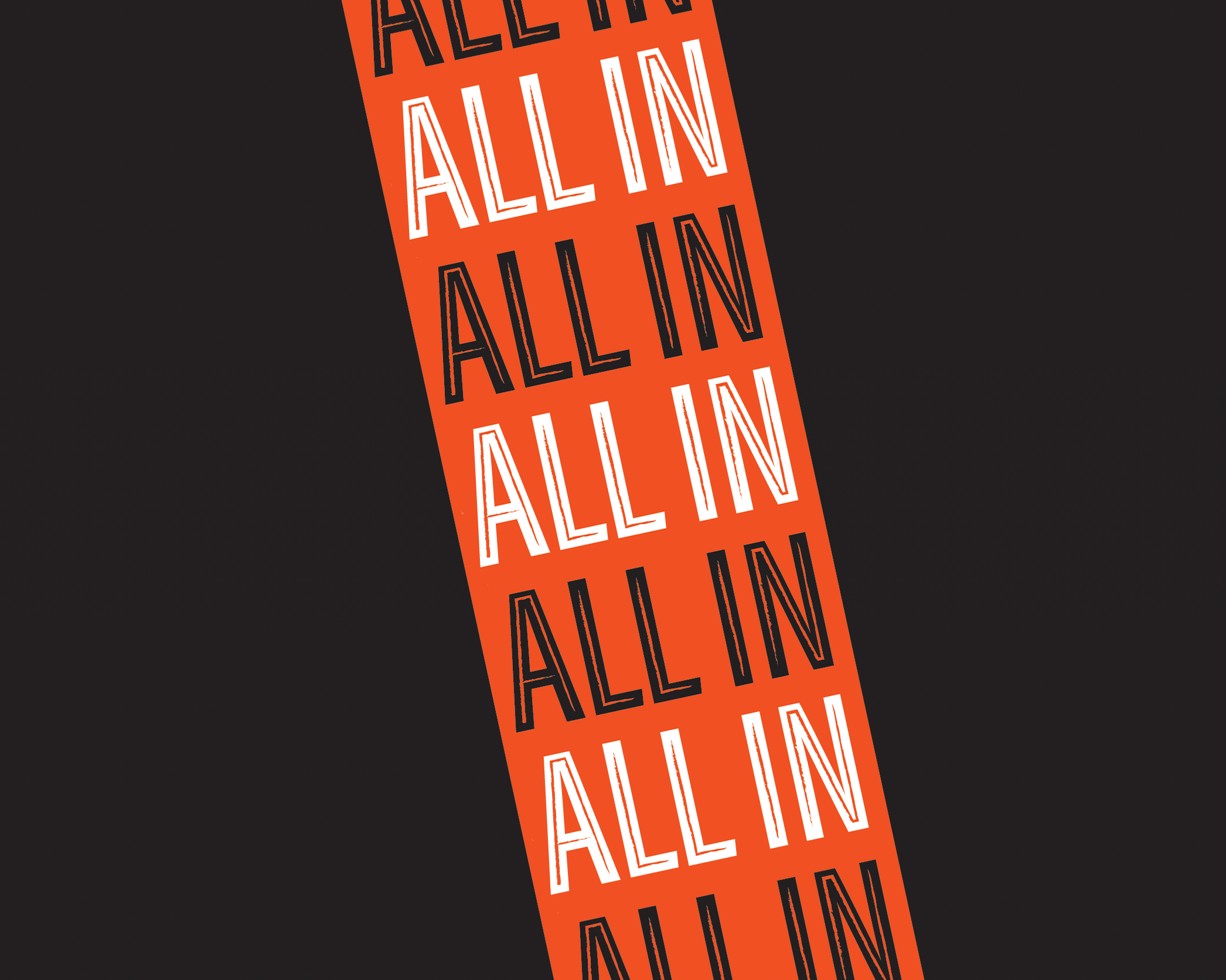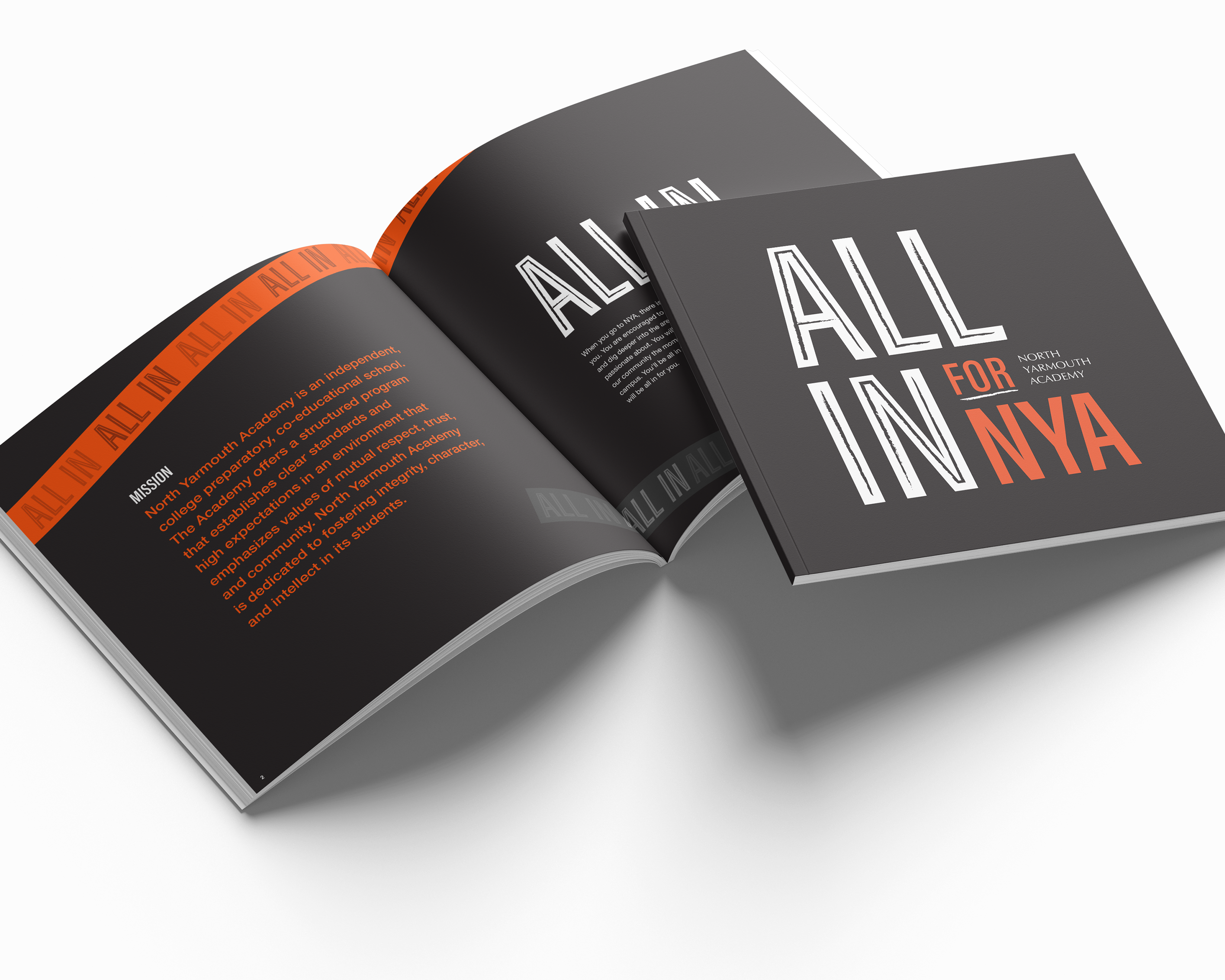Street Washed
Design Ethnography
Street Washed is a zine, a result of ethnographic research observing the painted and stencilled sidewalks in Manhattan. The themes that this project explores are time, perspective, perception, memory, media, tagging, graffiti, environment.
Classroom Project developed for the elective Cinematic Tropes as Design Process @ Parsons
Duration: 1 week (Apr 2022)
Project exhibited at:
Worldmaking Media Collaborative Showcase,The New School, New York City - May 2022



The Idea
When I moved to NYC in August 2021, I was delighted by the city's rich and ubiquitous visual culture. I began taking pictures of pavement signs - painted, stencilled, chalk signs as I had never encountered this form of street art in my home, Chennai. I soon fell in love with walking around the city and observing everything I could, from people to streets to buildings. I also started walking and navigating the city as a research method.
Whenever I consciously came across a stencilled sign, I would take a picture of my shoes along with it. Looking at all the images at once, they tell a narrative and are a collection of different voices of people unknown to me. Most importantly, they tell me what is or was, where in the city, and when.
Since the images were taken on my phone, they are geotagged and timed. I wondered what sort of context this would provide to spectators and how it adds a layer of meaning when they have 'no view' of the surroundings, weather, foot traffic, etc. Would it make them more conscious of their surroundings as they walk through the city? Are there recognisable patterns or themes? Since street washing is temporary - these images are laid over the pavement over time, each replaced by the next, sort of creating a palimpsest through time.
Paper Prototypes to test the zine format


The Format
I decided to present these images in the form of a zine, a 'provotype'. I wanted to create something using a long format where these images would be prominent. This also posed the question of how or whether I would give the viewers information regarding time and location. What is these details very hidden or latent? I devised a flap-like mechanism that works with an accordion fold. When the flap is lifted, the date, time and location are revealed. I also presented screenshots of the image against a map view (where the image was taken, showing where the sign was in the city).
The final zine had 26 curated images or flaps taken from Oct 2021 to May 2022. I wanted to provide a sequential/ episodic narrative to viewers so I laid them out chronologically from left to right. This resulted in a 50” long zine when completely open.
Asking Questions
The back of the zine asks a bunch of questions to the viewer in the hopes of initiating self-reflection.
What narrative does this series of images present?
How do you feel looking at a stranger’s feet?
What makes you look at the ground and not at your phone?
How long does it take for these signs to get washed away?
How many of these visuals have you come across?
What is the weirdest thing you’ve seen in the city?
Have does it feel to walk along trash bags?
Do you ever match a stranger’s footsteps?
Have you ever jaywalked?
What happens if you enter a bad spot?
Have you ever drawn on the streets?
What would you draw?
What does it mean to be a New Yorker?
What would it be like to walk the city as opposed to taking public transport?
What makes you a good citizen?
What makes you more conscious of your surroundings?
What do you observe?
What do you remember?
What do you reflect on?



















